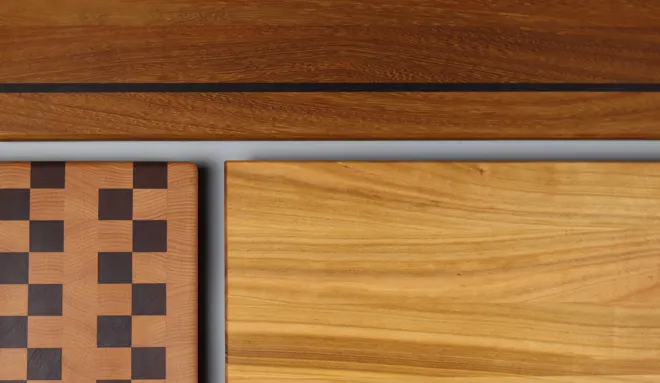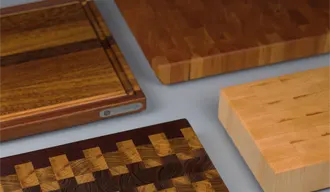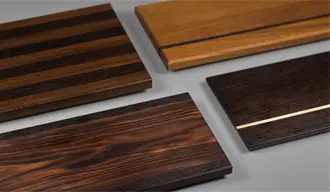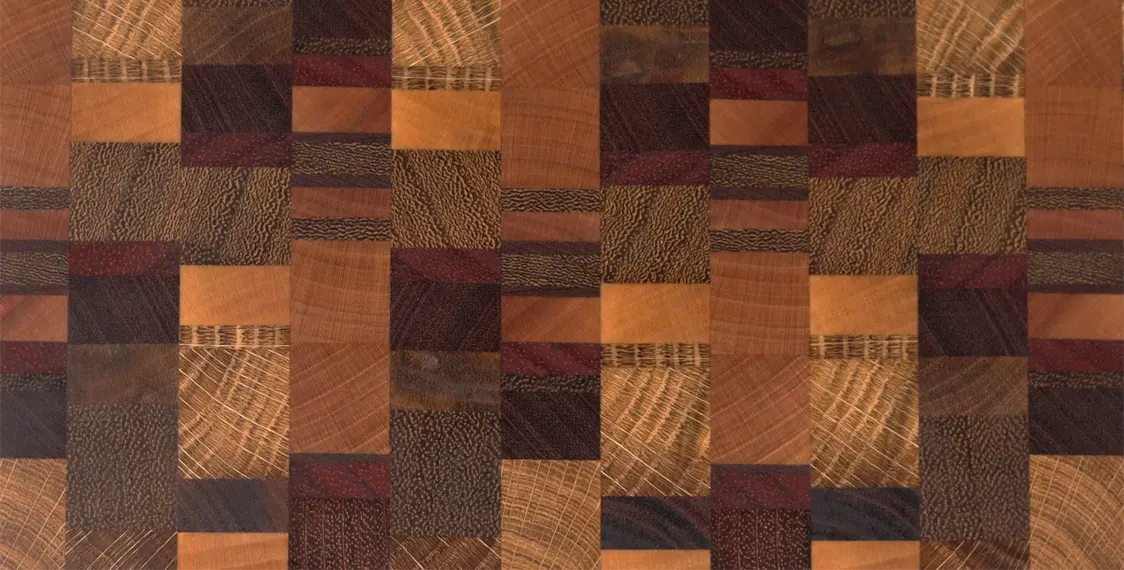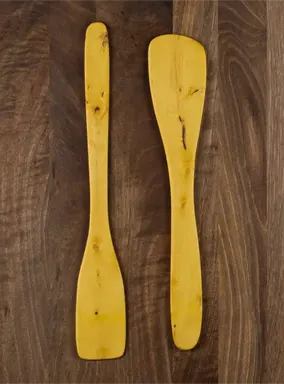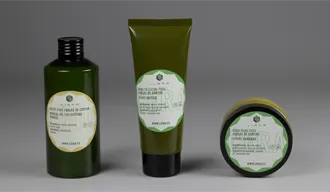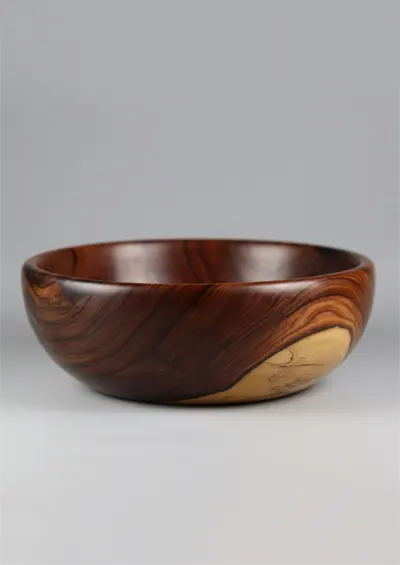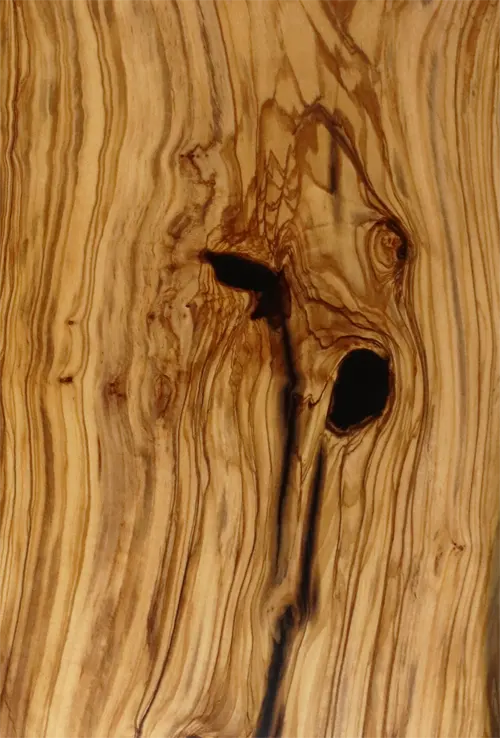Curupay Wood: Uses and Characteristics
Curupay or curupau wood is recognized for its exceptional hardness, durability and distinctive beauty, positioning it as one of the most exclusive choices for high-end wood products. This article explores the properties, applications and benefits of this unique material.
What is curupay wood?
Curupay, also known as Anadenanthera colubrinais a tree native to South America, especially in countries such as Paraguay, Brazil and Argentina. Its wood is characterized by its very high density and remarkable resistance to wear, being one of the most valued species in the manufacture of durable and aesthetically attractive products.
Thanks to its exotic appearance and superior properties, curupay wood has become a leading choice for premium items such as cutting boards and exclusive kitchen accessories.

Properties of curupay wood
- Exceptional hardness: With a Janka hardness of approximately 3,840 lbf, curupay is remarkably resistant to impacts, cuts and scratches.
- Color and veins: It presents shades ranging from reddish brown to dark yellow, with dark veins that give it a unique and sophisticated appearance.
- High density: Its specific weight can exceed 1.0 g/cm³.
- Water and moisture resistance: It has excellent natural moisture resistance, making it ideal for food contact applications.
- Dimensional stability: It is less prone to deformation or cracking, even under conditions of intensive use or temperature changes.
Uses of curupay wood
Curupay wood is highly versatile and suitable for various applications, especially in high-end products:
- Premium cutting boards: Due to its exceptional hardness, it is not recommended for cutting boards, as it will wear out the cutting edge of knives quickly. However, it is one of the most suitable woods for serving or presentation boards due to its resistance to daily use and humidity.
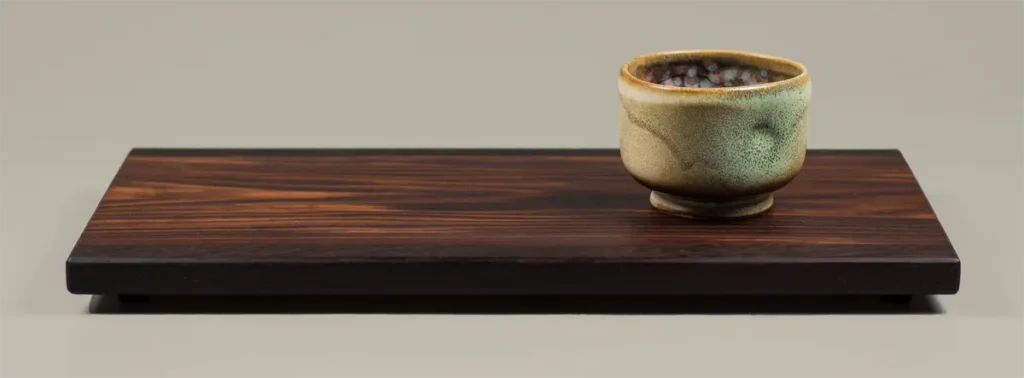
- Luxury flooring and cladding: Its resistance to wear and tear makes it an outstanding choice for interior and exterior spaces.
- Exclusive furniture: It is ideal for furniture that requires resistance and a striking visual finish.
- Musical instruments and decorative items: Its density and unique tonality also make it popular in artistic applications.
In our store, we offer serving boards made of curupay wood, designed for chefs and food lovers who are looking for the best in functionality and design.
Technical characteristics of curupay wood
| Feature | Value / Description |
|---|---|
| Common name | Wood of curupay / curupai |
| Scientific name | Anadenanthera colubrina / Anadenanthera macrocarpa |
| Colour | Dark brown with black, reddish or purple veins |
| Texture | Fine to medium, uniform |
| Grain | Usually straight, sometimes interlaced |
| Density (at 12% humidity) | 900–1,100 kg/m³ (very heavy) |
| Monnin hardness | 9.5–10 (extremely hard) |
| Janka hardness | 3.840 lbf (17.080 N) |
| Volumetric shrinkage | 13–14 % (alta) |
| Dimensional stability | Average |
| Natural durability | Very high; resistant to fungi, termites and insects |
| Workability | Difficult due to its hardness, but with an excellent finish |
| Common uses | Flooring, flooring, high-traffic furniture, cabinetmaking |
| Regions of origin | South America (Argentina, Paraguay, Brazil, Bolivia) |
| Sustainability | Moderate; requires responsible handling |
Advantages and considerations of curupay wood
Advantages
- Very high resistance: Ideal for products subjected to intensive use, such as restaurant service tables.
- Sophisticated appearance: Its natural veins bring a unique style to any space or product.
- Long-term durability: Thanks to its hardness and moisture resistance, it is ideal for practical and decorative applications.
- Sustainability: Curupay wood, although an export timber, in most cases comes from responsibly managed sources, guaranteeing a controlled environmental impact.
Considerations
- High weight: Its high density makes it heavier than other woods, which may be a factor to consider in certain products.
- Price: The quality of curupay places it in a higher price range, although its durability and esthetics justify the investment.
- Maintenance required: It requires oils and waxes to maintain its brightness and long-term resistance in culinary applications.
Conclusion
Curupay wood combines beauty and functionality, making it an exceptional choice for high-end serving boards and kitchen accessories. Its hardness, moisture resistance and exotic appearance make it an ideal choice for those seeking exclusive and durable wood products.
In our store, we offer a selection of cutting boards and accessories made with curupay, designed to stand out in any culinary setting. Elevate your kitchen with the sophistication and quality that only this material can offer.
Visit our store to discover how curupay wood can transform your dining experience.
Our products with Curupai wood
-
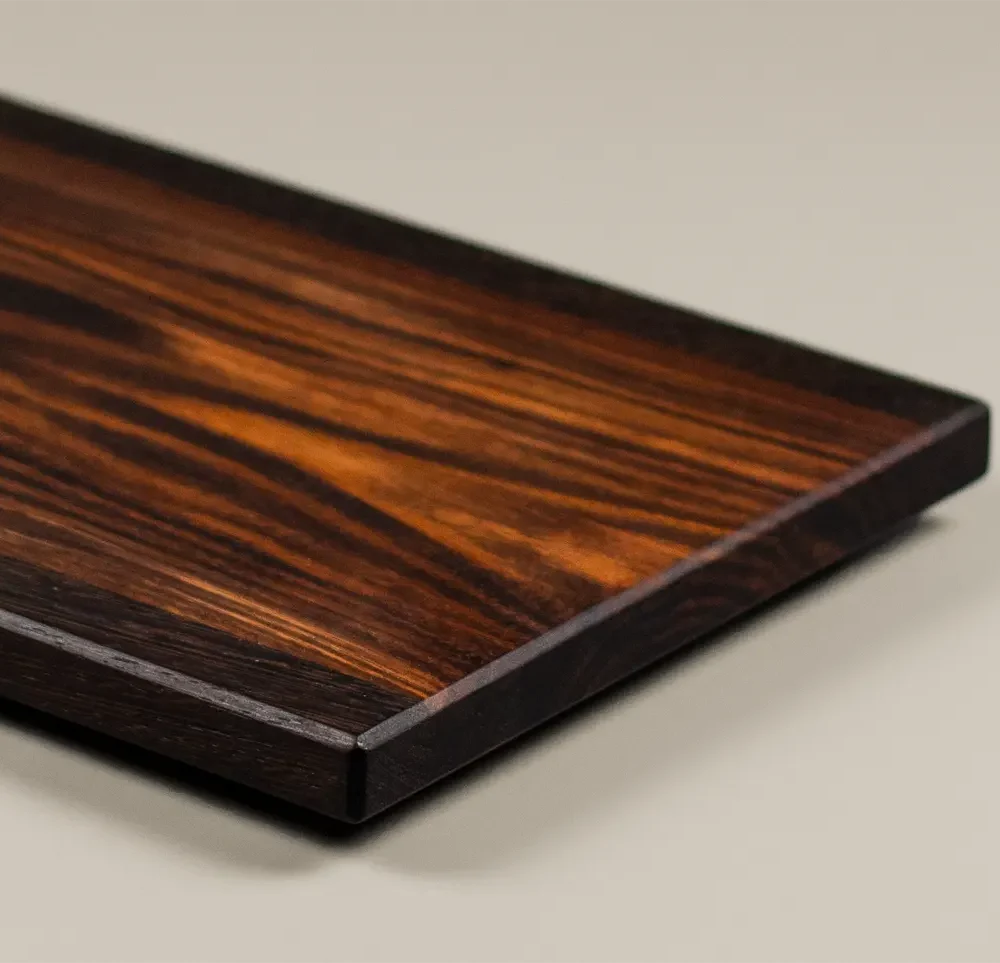 NUBILA
NUBILAwooden cheese board
Price range: € 85,00 through € 105,00
FAQ: Frequently asked questions about curupay wood
What is curupay wood?
Curupay wood is an extremely hard and durable South American species, commonly used in flooring, sturdy furniture, and outdoor applications thanks to its natural durability.
What are the main characteristics of curupay wood?
It is characterized by its high density, contrasting dark-toned grain, wear resistance, and long service life, even under demanding conditions.
Is curupay wood suitable for outdoors?
Yes. It is highly resistant to moisture, fungi, and insects, making it perfect for outdoor uses such as decks, facades, and pergolas.
How hard is curupay wood?
It has a Janka hardness of 3,840 lbf (17,080 N), making it one of the hardest woods on the market. This makes it ideal for high-traffic surfaces.
Where is curupay wood found?
It comes from native forests in South America, especially in Argentina, Brazil, Paraguay and Bolivia.
Is curupay wood stable?
It has medium stability. Although it performs well once dry, it may require controlled drying to prevent warping.
How is curupay wood worked?
It is difficult to work due to its high hardness, but offers fine finishes and a very smooth surface when properly sanded or polished.
What uses does curupay wood have in construction?
It is used in interior and exterior flooring, stairs, high-performance furniture, decking, and structural elements where strength is required.
What colors does curupay wood have?
It ranges in color from reddish brown to dark purple, with highly decorative black or grayish veins that make it visually unique.
Otras entradas del blog
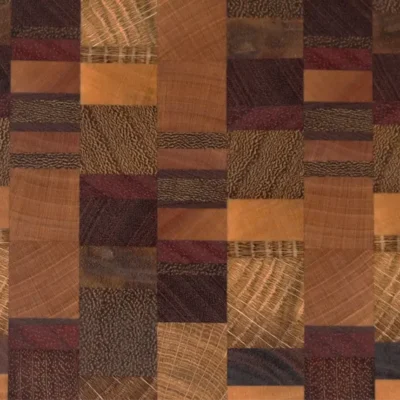
How many species of wood are there in the world?
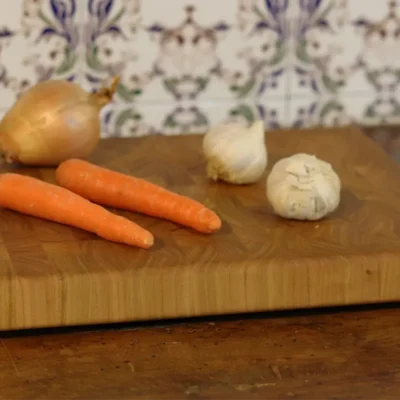
What size of wooden cutting board to choose?
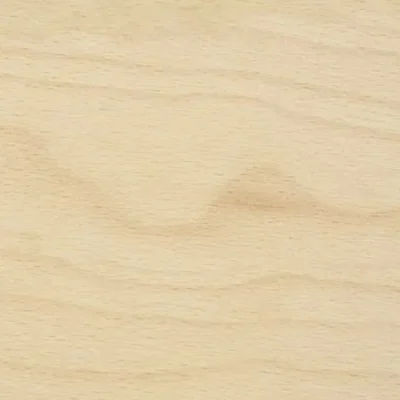
Birch Wood: Uses and Characteristics
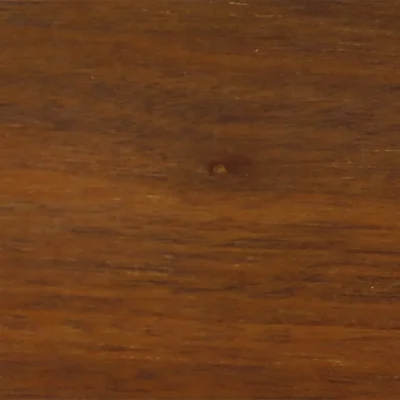
Outdoor wood: a complete guide
Nuestras tablas de cortar:
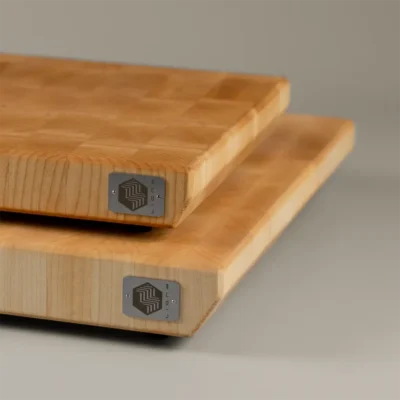
Pure
Maple maple butcher block
Pure
Maplemaple butcher block
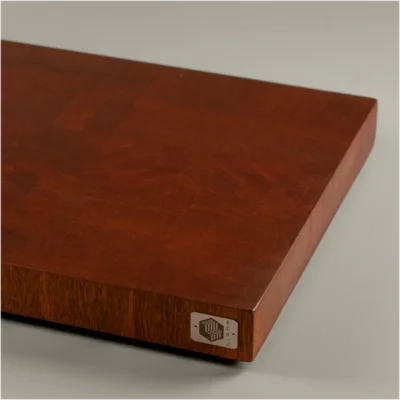
sapele end grain
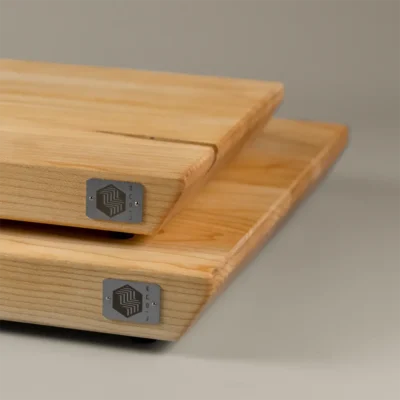
Linea
Maple grain maple board
Linea
Maplegrain maple board
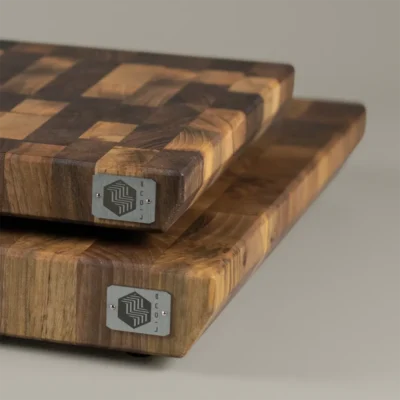
Pura
Walnut walnut butcher block
Pura
Walnutwalnut butcher block
